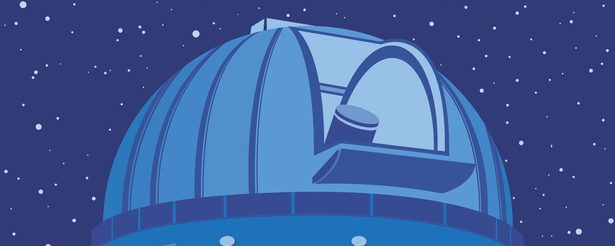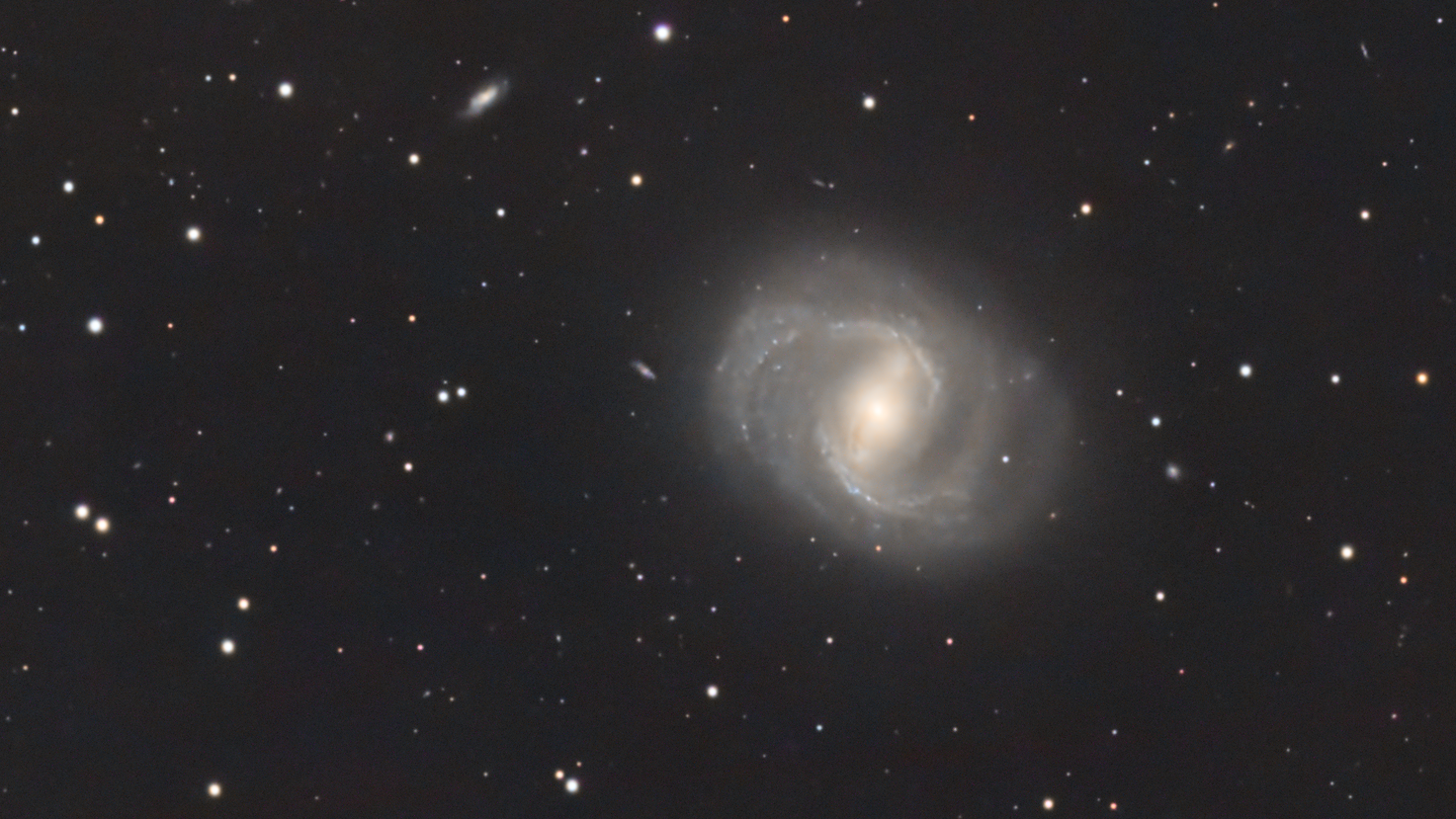
Similar Posts
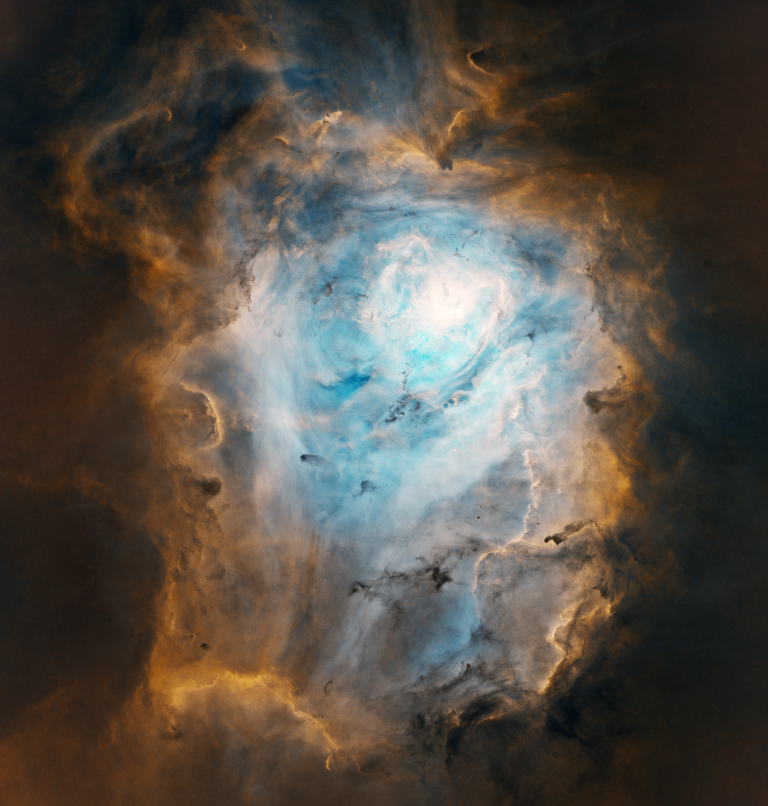
The Lagoon Nebula (M8)
This is a bright, popular nebula deep within the summer Milky Way… but it’s low in the sky, and this is the first time I’ve been able to capture it above the trees. Still, short summer nights and cloudy summer weather present its challenges. Shown processed in the “Hubble palette” and an approximation of its…
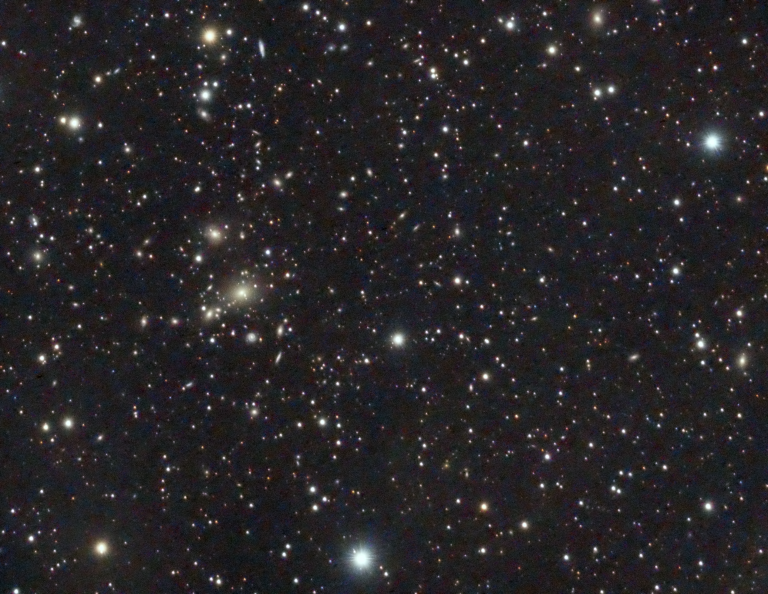
So. Many. Galaxies.
If you point your telescope outside of the Milky Way, you’re almost guaranteed to pick up very distant galaxies, because there are just so many of them out there. This patch of sky inside Cancer is a cluster of galaxies called Abell 671. If you click the image and look at it full size, you’ll…
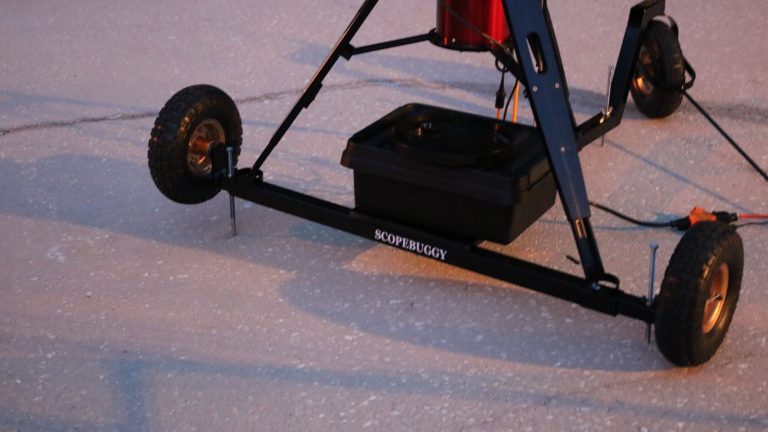
Simplify and Automate your Astrophotography
If you’re serious about becoming a better astrophotographer, like with anything, it’s all about practice. With every image you produce, you’ll learn something that makes your next image a little better. But life has a habit of getting in the way. You’ve had a long, tiring day at work – do you really want to…
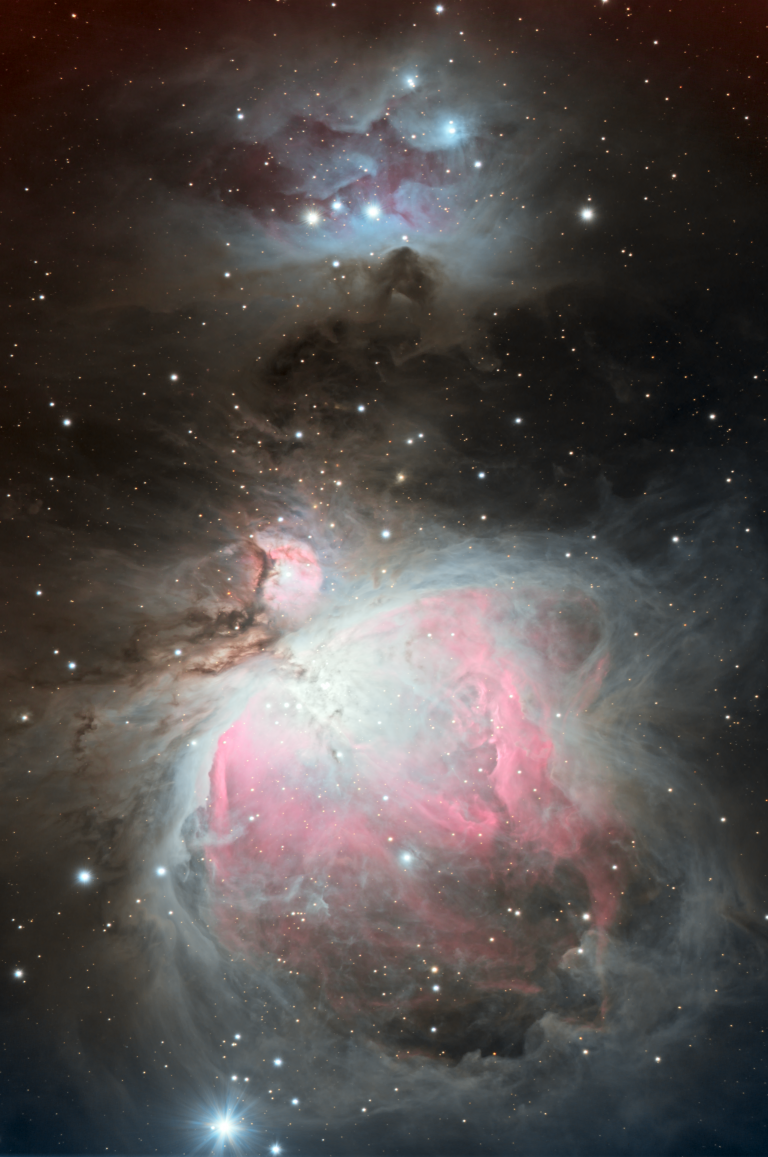
Orion’s Sword
If you look at the constellation Orion in the winter night’s sky, the center of Orion’s “sword” is not a star at all – it is the brightest nebula in our sky, M42 or the Great Nebula of Orion. Sitting right on top of it is technically another nebula designated M43, and above that is…

The Bubble Nebula, take… whatever
Every year I try and do a better job of capturing and processing the Bubble Nebula in Cassiopeia. Here’s this year’s attempt. The Bubble Nebula is one of my favorite objects. Not only is it interesting scientifically (the bubble is the stellar wind of a hot O-type star blowing away the surrounding gases,) it’s also…
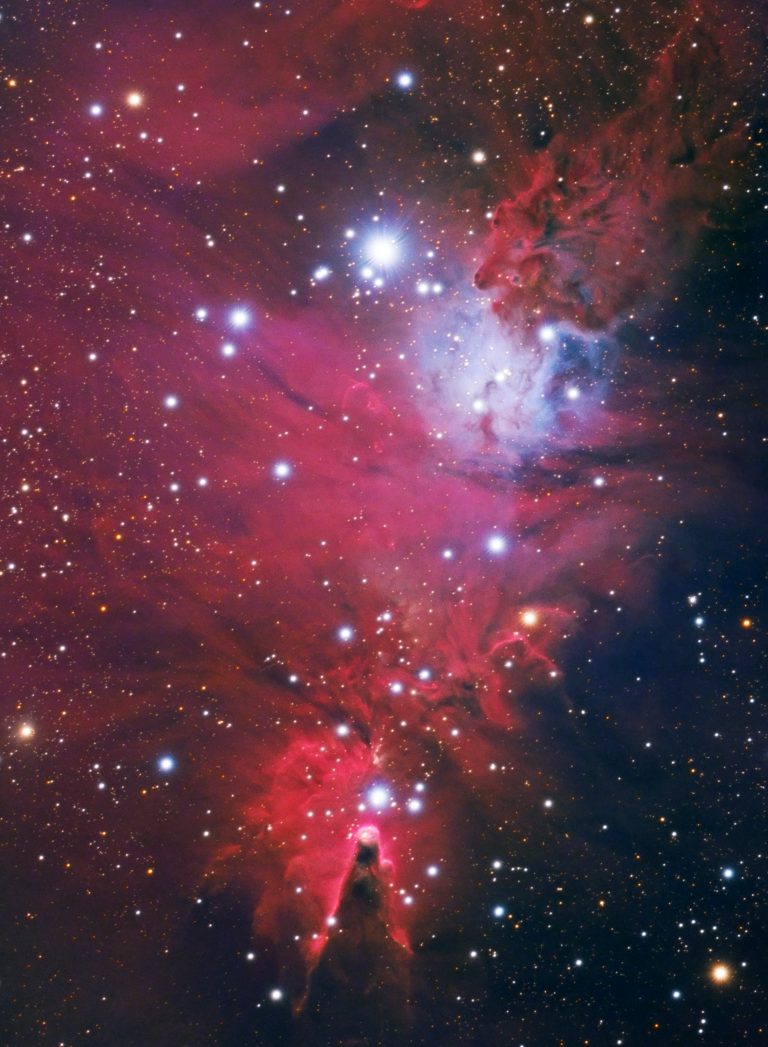
The Cone & Fox (revisited)
This is the Christmas Tree Cluster (turn the picture upside down and you might see it!) But the real focus here is the Cone Nebula at the bottom of the image, and the Fox Fur Nebula in the upper-right. Lots of red Hydrogen gas here being ionized by the young stars it formed. Also visible…
